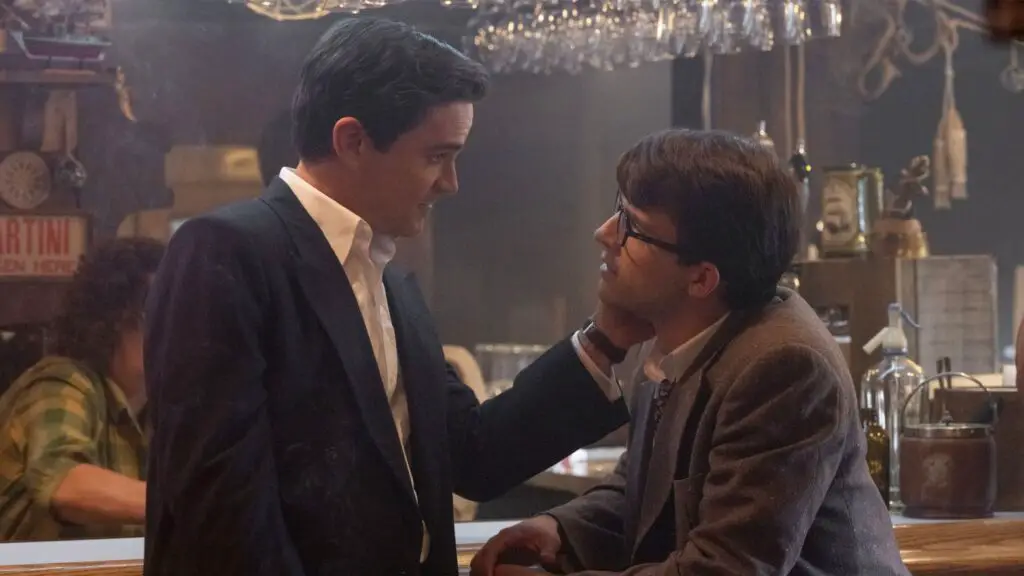In the mid-1980s, Freddie Mercury embarked on a solo journey with his album “Mr Bad Guy,” distinct from his iconic Queen era. The opening track, “Let’s Turn It On,” is a vibrant anthem that encapsulates Mercury’s exploration of new musical landscapes. This song, characterized by its fast-paced rhythm and synthesizer-driven melody, showcases Mercury’s desire to break free from the constraints of his past and embrace a new artistic identity.
The energetic and boundary-pushing nature of “Let’s Turn It On” reflects the atmosphere of the early 1950s in Washington, D.C., as depicted in Thomas Mallon’s “Fellow Travelers.” This novel, set in an era of bare-knuckled ideology and secret dossiers, mirrors the song’s spirit of exploration and defiance. Timothy Laughlin, the novel’s protagonist, steps into this fevered city with a zeal to join the anti-Communist crusade, much like how Mercury stepped into his solo career, eager to explore uncharted musical territories.
Mercury’s song is more than a dance track; it is an expression of self-discovery and rebellion against the norm. Similarly, “Fellow Travelers” navigates the complex interplay of personal convictions and societal expectations during one of America’s most politically charged periods. As Timothy Laughlin navigates his first love affair amidst the McCarthy era’s paranoia, the song’s themes of embracing life’s opportunities despite challenges come to the fore.
In crafting “Let’s Turn It On,” Mercury not only explored new sounds but also conveyed a message of resilience and audacity. These themes resonate deeply with Laughlin’s journey in “Fellow Travelers,” as he struggles to reconcile his political beliefs, religious faith, and personal desires in an environment rife with deceit and ideological battles.
Parallels in Art: The Sync of ‘Fellow Travelers’ Intricate Narrative with Mercury’s Musical Genius

The synergy between “Fellow Travelers” and Freddie Mercury’s “Let’s Turn It On” extends beyond the initial burst of energy and into the deeper narrative and thematic elements of both works. While the novel intricately weaves a tale of love, betrayal, and political intrigue, the song complements this narrative with its dynamic tempo and evocative lyrics.
“Let’s Turn It On” propels listeners into a world of rhythmic liberation, much like how “Fellow Travelers” immerses its readers in a world where personal freedom is often at odds with political ideology. The novel’s protagonist, Timothy Laughlin, is drawn into a complex relationship with Hawkins Fuller, set against the backdrop of McCarthyism and the hunt for “sexual subversives” in the government. This tension between personal identity and societal norms is mirrored in Mercury’s musical exploration, where he defies conventional boundaries and embraces a unique artistic expression.
Furthermore, the song’s themes of seizing life’s moments and turning challenges into opportunities echo Laughlin’s journey in the novel. As Laughlin grapples with his feelings for Fuller, his faith, and his political beliefs, Mercury’s anthem serves as a backdrop to the novel’s exploration of navigating life’s complexities and uncertainties.
“Let’s Turn It On,” with its lively beats and Mercury’s powerful vocals, becomes a metaphor for the novel’s characters as they seek to find their place in a world rife with contradiction and turmoil. The song’s message of embracing life, in all its forms, resonates with the novel’s depiction of characters striving to find balance and meaning amidst the chaos of their times.


